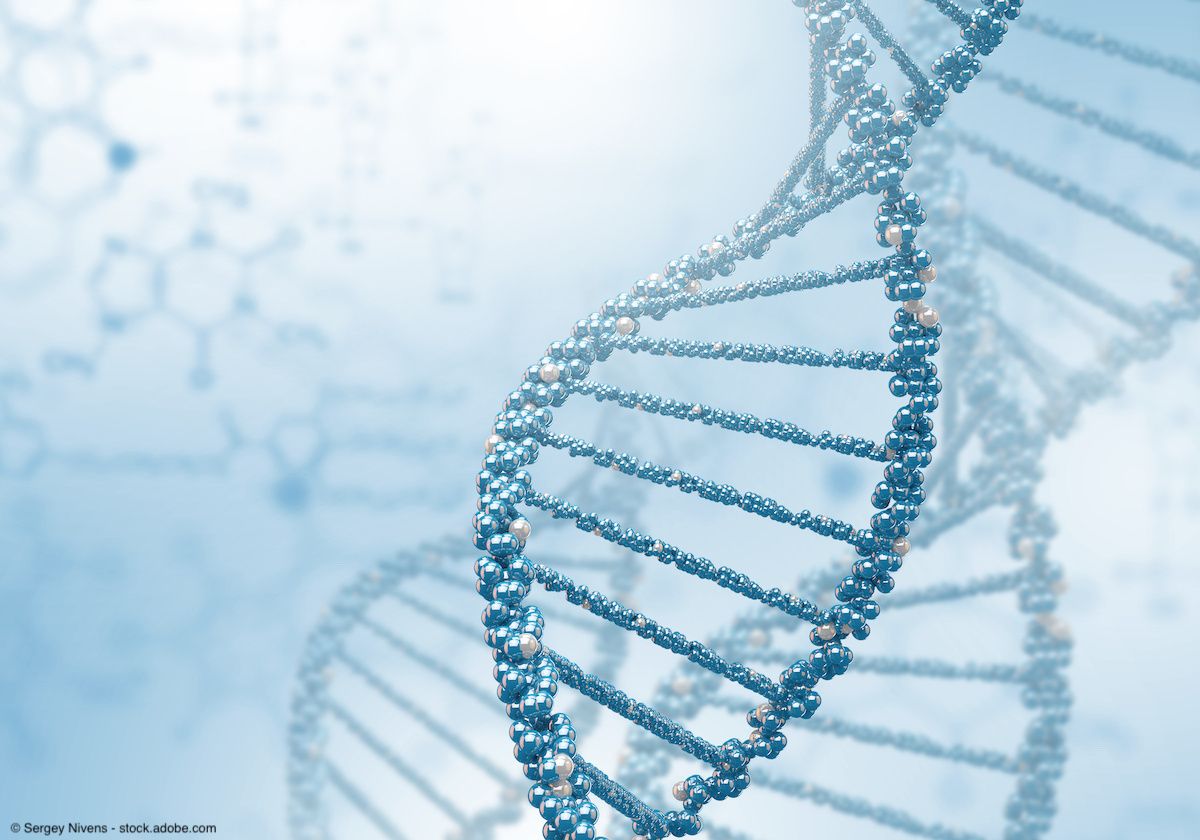Commentary
Video
Dr. Linscott on utDNA as a biomarker for MRD in high-risk NMIBC
Author(s):
“Maybe the most important [finding] is that urinary tumor DNA does seem to be a good tool for detecting residual disease within this patient population,” says Joshua Linscott, MD, PhD.
In this video, Joshua Linscott, MD, PhD, shares key findings from the study, “Tumor fraction and copy number burden from urinary cell-free tumor DNA (utDNA) to predict minimal residual disease prior to repeat-transurethral resection in high-risk non-muscle invasive bladder cancer (HR-NMIBC),” which was presented at the 2024 American Society for Clinical Oncology Annual Meeting in Chicago, Illinois. Linscott is a urologic oncology fellow at Moffitt Cancer Center in Tampa, Florida.
Video Transcript:
I think there are a couple important finds that came from the study. Maybe the most important is that urinary tumor DNA does seem to be a good tool for detecting residual disease within this patient population. The way we did that is there are multiple things you can look at within that urine, the genomic contents. One would be that there are large structural changes to your DNA that happen, gain of an entire gene, loss of a chromosomal arm. You can detect those with relatively Low Pass Whole Genome Sequencing. As bladder cancer has some of the highest number of copy number alterations, it's a pretty good marker for residual disease. However, not everyone is going to have that. So, we also looked at some of the individual point mutations, single nucleotide variations. And we did this with a personalized assay based on their baseline tumor. These bespoke assays, where you're really looking for key mutations within the patient itself, give you a tumor fraction. What we found is tumor fraction does a very good job of detecting disease when it is positive, but it's not the most sensitive. So therefore, we combined it with that copy number burden score. The 2 together ended up leading to a 90% accuracy overall on detecting whether or not there was disease or whether these patients were disease free.
This transcription has been edited for clarity.
















